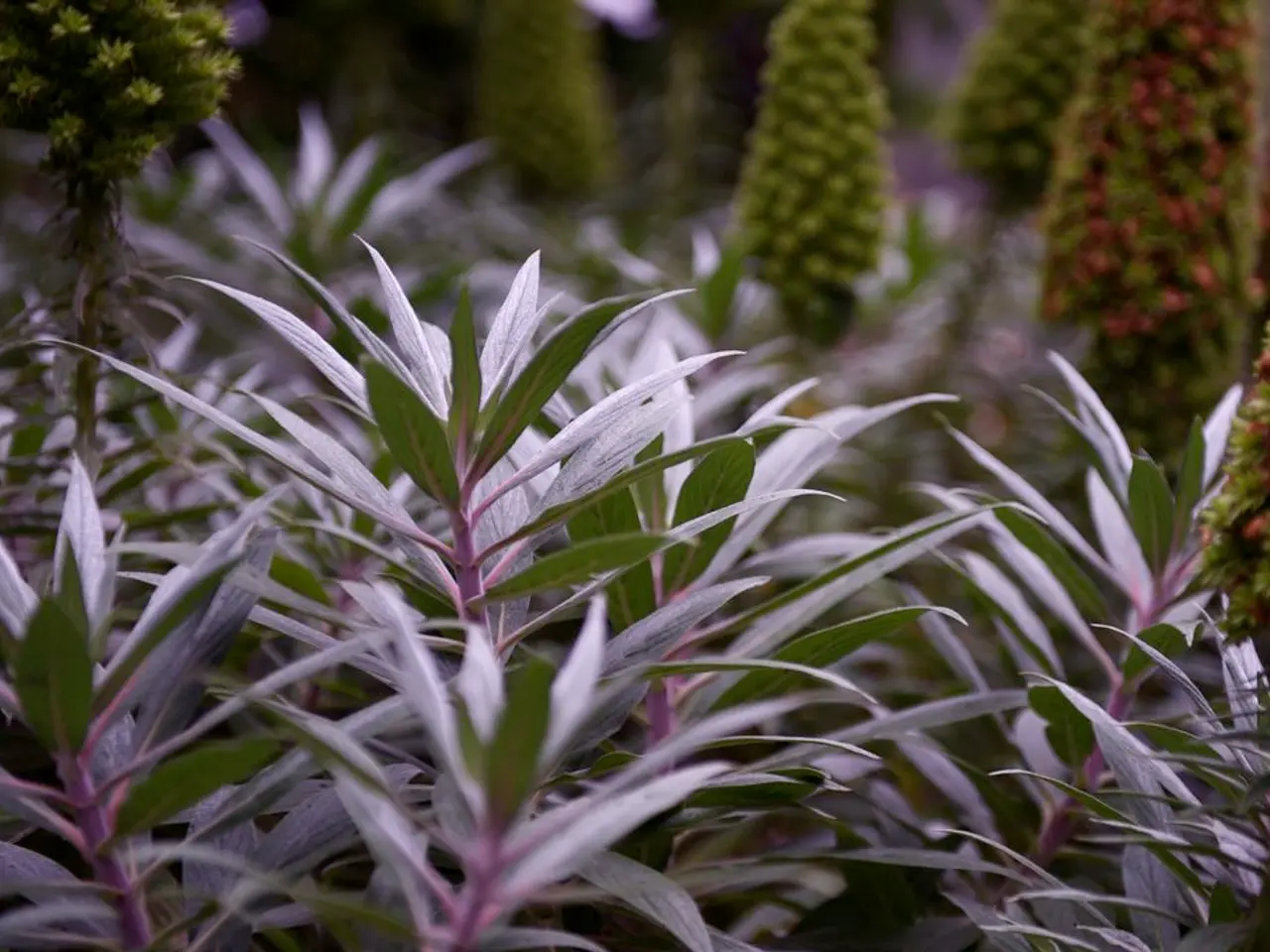Avoid Pruning These Plants Until Fall: A Guide to the Seven Plants You Should Keep Intact During Summer
In the world of gardening, knowing when to prune your plants is crucial for ensuring a blooming beautiful garden all year round. Here's a guide on summer pruning for some popular shrubs:
Rhododendron is a flowering shrub or small tree that thrives in USDA zones 2-7. It's important to note that Rhododendrons set their buds for next year's flowers shortly after blooming. Therefore, summer pruning cuts off these buds and damages the flowering potential for following years. They also recover slowly when pruned late, so it's best to avoid pruning Rhododendrons during summer.
Panicle Hydrangea is another easy-to-grow shrub that produces clusters of white flowers in summer that turn pink later. These hydrangeas bloom on new wood, so it's recommended to prune them in fall, late winter, or early spring. Heavy summer pruning is generally discouraged for hydrangeas that bloom on old wood but is less harmful for panicle varieties.
Oleander is an evergreen flowering shrub or small tree hardy in USDA zones 9-11. Since flowers grow on new growth for oleander, pruning in late winter will not disrupt regular blooming.
Potentilla is a small-to-medium-flowering shrub for USDA zones 2-7. Thick stems of potentilla will not bloom anymore, so they can be cut all the way back. However, it's best to prune potentilla in late winter or early spring to ensure new growth and fresh blooms.
Crepe Myrtle is a beautiful flowering tree that grows in USDA zones 7-10. It's often pruned in late winter or early spring to encourage summer blooms. However, it's best to lightly trim crepe myrtle during summer to avoid cutting new flower buds.
Smoke Bush and Butterfly Bush typically bloom on new growth and can tolerate pruning in late winter or early spring. Heavy summer pruning risks reducing blooms but light deadheading is generally okay.
In summary, summer pruning should be avoided for Rhododendrons as it removes next year’s flower buds and can significantly reduce flowering. Other plants like oleander, potentilla, and crepe myrtle generally tolerate summer pruning better because they bloom on new growth, although timing can vary. Panicle hydrangeas, smoke bush, and butterfly bush can be pruned in late winter or early spring to ensure plenty of flowers, with light summer pruning being acceptable for some.
Maintaining a home-and-garden lifestyle, it's essential to understand the pruning requirements of various plants to ensure a thriving home garden. For instance, while summer pruning is generally discouraged for Rhododendron due to its impact on the following year's flowers, it's advisable to prune Potentilla, Oleander, and Crepe Myrtle during summer as they bloom on new growth.




